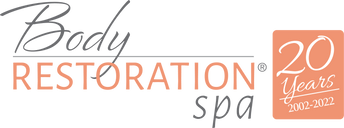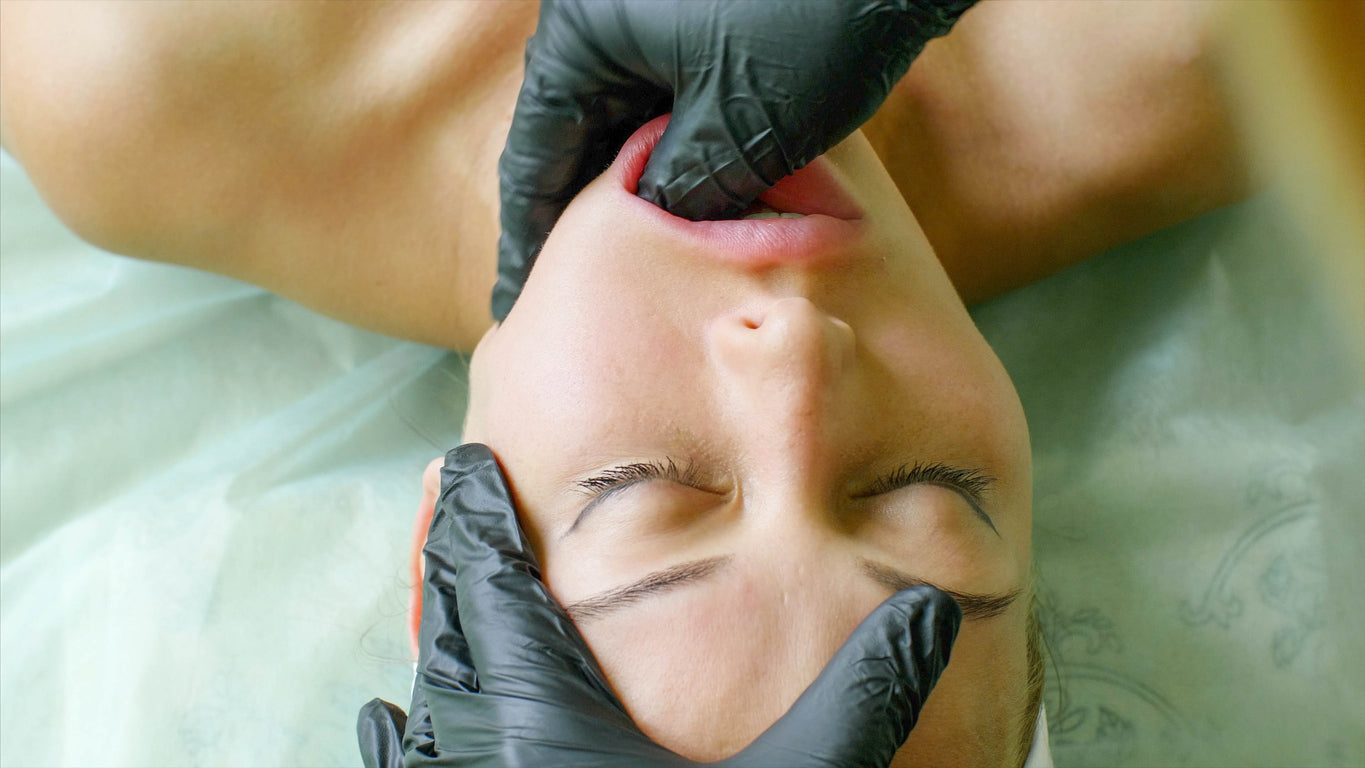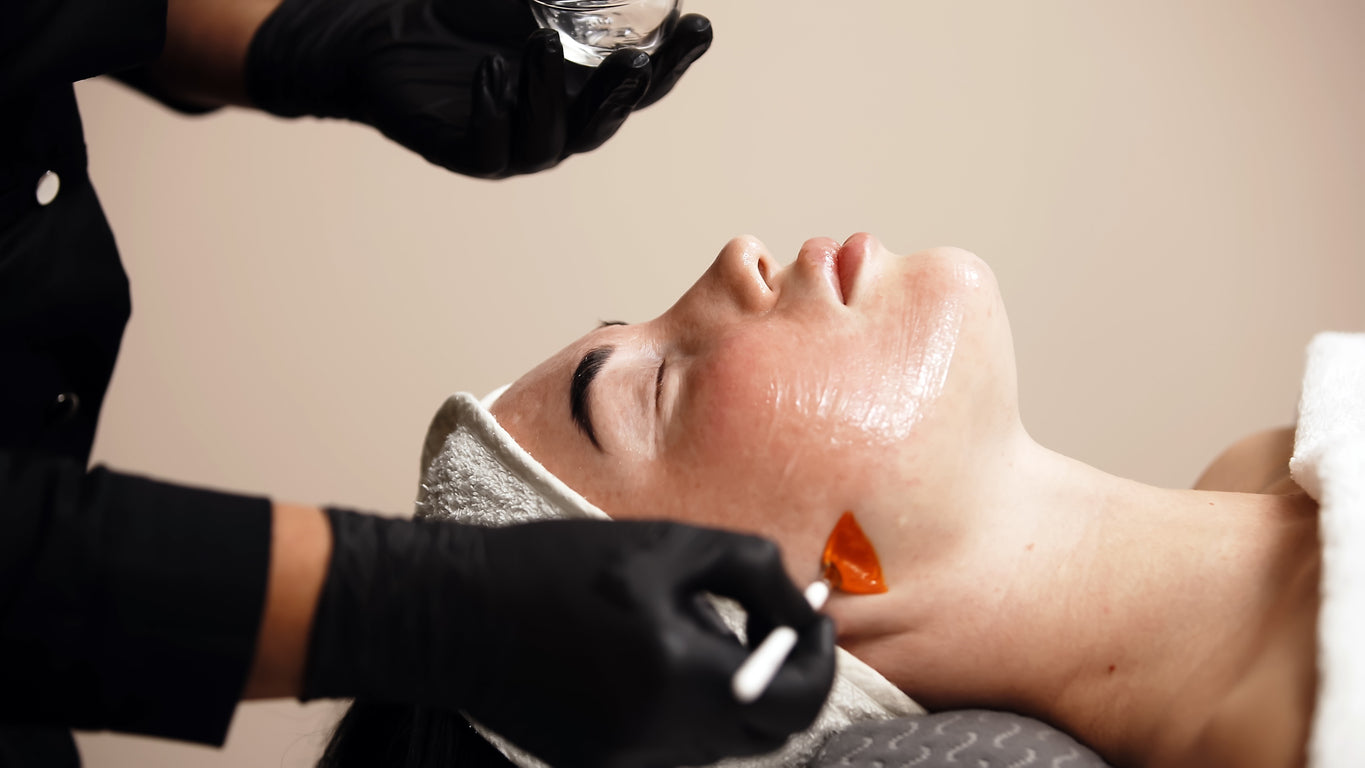More than simply relaxing, massage can help rehabilitate sore muscles and assist in recovering from painful injuries. As part of a therapeutic massage, your massage therapist may use a technique called assisted stretching to add another layer to their muscle and tissue work.

What is assisted stretching?
Stretching, sometimes called stretch therapy, helps to increase the range of movement in a joint by stretching muscles, tendons, and fascia. This stretching helps elongate resting muscle fibers over time. This provides a larger range of movement which can help relieve pain and reduce the risk of injury. Stretching can also help rebalance muscles and tendons that are working unevenly.
Assisted stretches can provide the benefits of stretching with the expertise and assistance of a licensed therapist. The therapist will help guide and deepen the stretch, allowing for targeting of trigger points and potentially increased stretching benefits. It’s important that assistants have a deep knowledge of anatomy, however. “You must have a license to massage, stretch, and provide PT services,” says Scott Weiss, C.S.C.S., a New York-based physical therapist.
Types of Assisted Stretching
There are different types of assisted stretching. Which type of stretch is best depends on the specific muscle and anatomical needs of the person. Common stretching techniques may include:
- Active vs passive stretching – Both of these types of stretches can be assisted by a therapist who will help guide and deepen the stretch. In passive stretching, the patient has a more natural experience akin to waking up in the morning. Active stretching requires the patient to flex a muscle in resistance to deepen and target the stretch.
- Resistance stretching – This is almost like a cross between a stretch and a low-resistance exercise, often performed using resistance bands. Highly beneficial for children during growth spurts, elderly patients building muscle, and adults recovering from an injury, this is commonly used by physical therapy practices.
- Proprioceptive Neuromuscular Facilitation (PNF) – The patient using PNF will push back against the therapist’s stretch for 10 to 30 seconds while the therapist pushes forward, creating both a stretch and also muscle contraction at the same time.

Massage therapy and stretching
Massage therapy and stretching are being combined by therapists in increasing frequency. Using massage’s ability to relax muscles and assisted stretches to use this relaxation to further deepen the stretch is the perfect match. Beyond muscle and joint benefits, these techniques have been shown to also lower blood pressure, improve circulation, improve posture, and increase pain relief benefits.
Many practices are working to add increased stretching services to their massage listings as people continue to take an active interest in both exercise and also recovery. Employers have begun adding stretching techniques to the workplace and spas are adding these tools to their days of relaxation and self-care.
Want to know more about how assisted stretching may benefit you? Contact your massage therapist at Body Restoration to understand how stretching of all types can be added into your treatment plan, and how therapist assistance may speed your recovering and alleviate problem areas.





